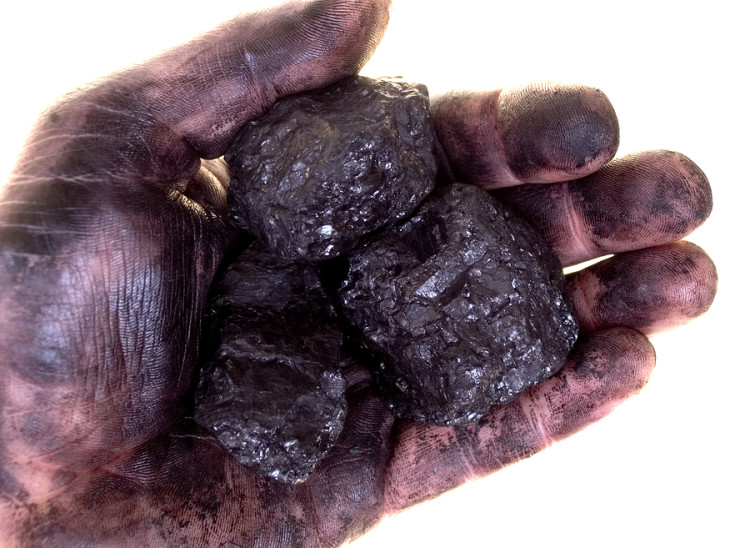Perry’s Coal Proposal Seen Unlikely to Reverse Historic Decline

(Bloomberg) —U.S. Energy Secretary Rick Perry’s plan to reward coal-fired power plants that keep large stockpiles of fuel won’t be enough to reverse the industry’s long-term decline, analysts say.
Perry has proposed extra payments for power generators with at least 90 days’ worth of supplies on site, arguing that will make America’s electric grid more “resilient” in the face of major supply disruptions.
While the measure will probably keep some coal plants open that would otherwise be forced to retire, it doesn’t address the industry’s core problem: namely, that overall U.S. electricity demand has flattened while natural gas, wind and solar power are stealing market share. To that end, industry experts doubt it’ll be enough to make good on President Donald Trump’s repeated vows to bring back coal.
“It doesn’t solve some of the largest underlying structural challenges to coal demand in this country,” Lucas Pipes, an analyst at FBR Capital Markets & Co., said in a phone interview. “We’re in a no-growth market.”
While any measure that prevents the further erosion of coal’s market share would help the industry, Perry’s proposal poses some complications for power generators. For one thing, utilities haven’t been in the business of hoarding coal. With the U.S. coal sector oversupplied in recent years, power plant operators have preferred, when possible, to buy the fossil fuel “on-demand” rather than maintain large stockpiles, said Andrew Cosgrove, an analyst at Bloomberg Intelligence.
Environmental Costs
That’s because stockpiling coal costs money. If left untreated, coal piles can spontaneously catch fire, something that’s especially problematic for high-moisture coal from Wyoming and Montana’s Powder River Basin, said Andy Blumenfeld, head of market analytics at Doyle Trading Consultants. There are also environmental costs associated with suppressing coal dust and handling runoff. Finally, the quality of stored coal degrades over time, Blumenfeld said.
For utilities participating in Perry’s program, costs would go up as it “might require more personnel and equipment,” Blumenfeld said.
In July, coal accounted for 32 percent of U.S. electricity generation, down from 47 percent a decade earlier, according to the U.S. Energy Information Administration. Gas was king, at 36 percent, up from 25 percent in July 2007.
In order to qualify, most power plants would also have to go out and buy coal. As of August, power plants holding Powder River Basin coal had an average of 75 days of supplies. Those with Illinois Basin coal had 91 days and those with Northern Appalachian coal had inventories in the low 70s, according to Pipes.
As long as the coal plants aren’t expected to run all out, every day, then getting those stockpiles back over 90 days should be doable, said Matt Preston, a coal analyst at Wood Mackenzie Ltd. As recently as early 2016, America’s coal plants had, on average, more than that on site.
It’d be much harder, though, if the plants were expected to have enough coal to run full-blast, around-the-clock, for three months straight. That would “require a significant increase in storage area at almost all plants,” Preston said. “Some would definitely have to consider offsite storage which may or may not be economically feasible.”



No Comment